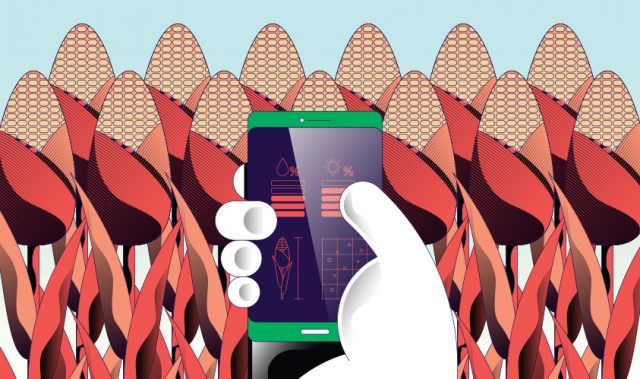
AsianScientist (Aug. 6, 2019) – Introducing people to the benefits of clean cooking fuels is not enough, policy makers should also introduce incentives for their sustained use. These findings were published in Nature Energy.
Around the world, more than three billion people—nearly half the world’s population—cook their food using solid fuels like firewood and charcoal on open fires or traditional stoves. This produces a lot of smoke, creating indoor air pollution, which, according to the World Health Organization (WHO), kills millions of people annually. This type of pollution is of particular concern in India, where women and their young children, who typically stay close to their mothers while they are cooking, bear the brunt of the health problems caused by indoor pollution.
This led the Indian government to launch a massive program—Pradhan Mantri Ujjwala Yojana (PMUY)—in 2016, to increase the adoption of liquefied petroleum gas (LPG), which is a clean fuel alternative that can be used for cooking. The program provides a combination of financial incentives in the form of subsidies and loans to cover the capital cost of stoves and LPG cylinder installations, and aims to generate awareness about the benefits of clean cooking.
To date, around 70 million poor women, mostly in rural India, have benefitted from the program in the 35 months since its launch. To analyze the impact of PMUY, researchers studied LPG sales from one district of a southern state of India (Koppal district in Karnataka state) to carry out their analysis.
They found that the program has fast-tracked LPG consumer enrolments by about 16 months, while the consumption of LPG by program beneficiaries is estimated to be about half that of the average rural consumer (2.3 compared to 4.7 cylinders of 14.2 kg LPG annually). This, in turn, is about half of what would be required by an average family in India to cook exclusively with LPG.
Furthermore, the program had no discernable impact on LPG consumption, with roughly 75 percent of consumers’ LPG cylinder purchases either staying the same or fluctuating by one to two cylinders. The analysis also indicates that consumers are sensitive to changes in LPG prices and that there is significant seasonal variation in purchases of LPG over a year.
“Our work reaffirms that there is a distinct difference between the adoption of a new technology and its sustained use. The PMUY was specifically designed to promote adoption, and based on that metric, this program is an unparalleled success, with near universal LPG access expected within the next couple of years,” said study lead author Mr. Abhishek Kar, a doctoral candidate at the University of British Columbia, Canada.
“However, if we focus on the ultimate goal of smokeless kitchens, PMUY must be modified to explicitly incentivize regular LPG use. Our study suggests some obvious mid-course corrections to the program to encourage regular use of LPG. This includes the use of seasonal vouchers during low cash flow periods for poor rural agricultural households, and behavioral nudges and stronger information and education campaigns.”
According to the researchers, the rural general population (non-PMUY beneficiaries) should also be targeted by incentives to advance regular LPG use, as their average use is still very low across rural India. As some African countries are planning to emulate India’s PMUY, the lessons from this evaluation could also be highly relevant to policy beyond India.
The article can be found at: Kar et al. (2019) Using Sales Data to Assess Cooking Gas Adoption and the Impact of India’s Ujjwala Program in Rural Karnataka.
———
Source: International Institute for Applied Systems Analysis; Photo: Pixabay.
Disclaimer: This article does not necessarily reflect the views of AsianScientist or its staff.












